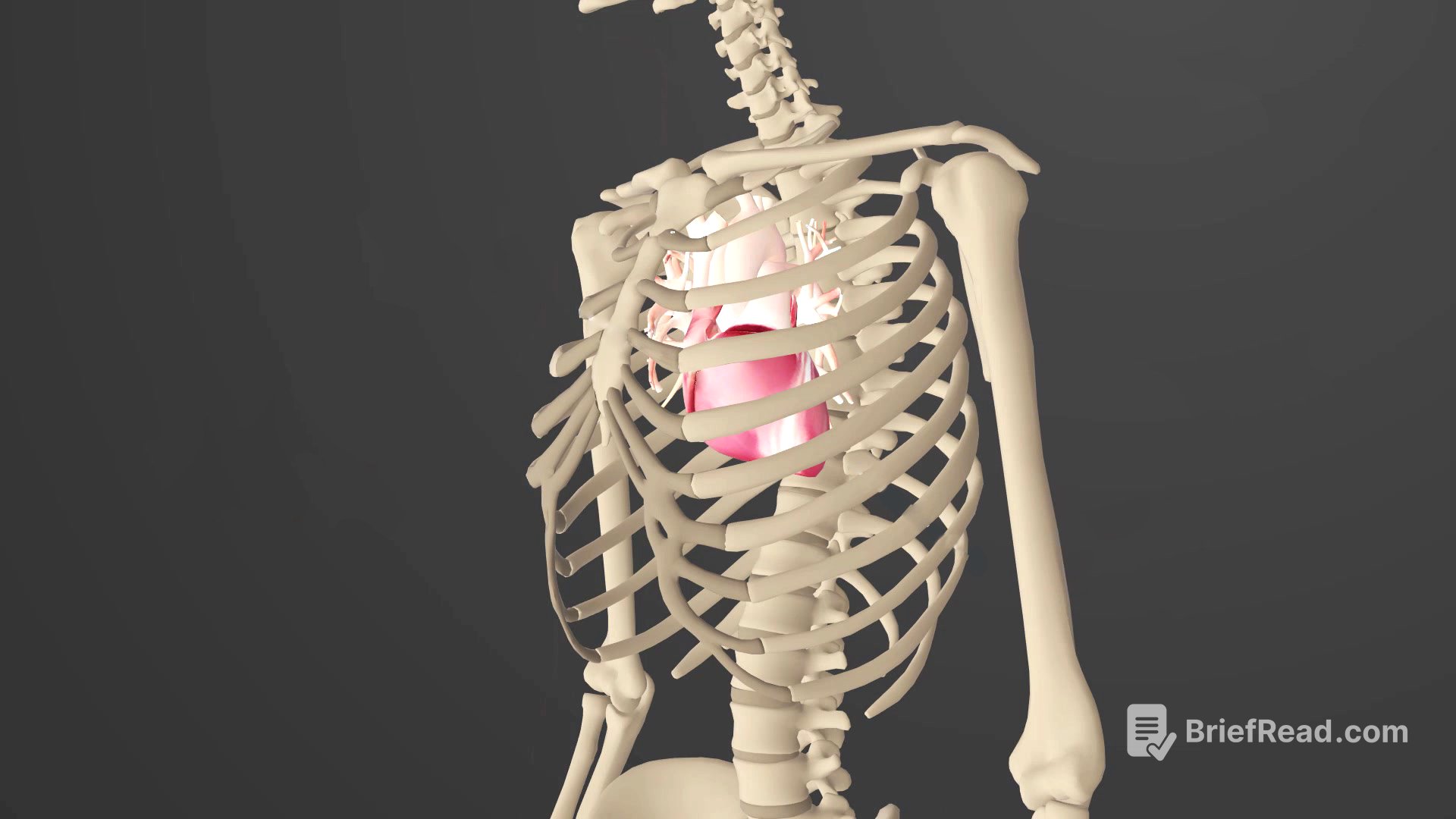TLDR;
This text introduces the importance of anatomical terminology for understanding human biology and medicine. It highlights the use of standardized terms derived from Greek and Latin roots to ensure precision and clarity in describing the human body. The text also explains the standard anatomical reference position and the significance of terms related to body regions and relative locations. Finally, it touches on the history and purpose of Terminologia Anatomica and Terminologia Histologica as international standards for anatomical terminology.
- Standard anatomical reference position is standing upright with parallel feet, shoulders wide, and toes forward.
- Terminologia Anatomica is the international standard on human anatomical terminology used worldwide.
- TA contains terminology for about 7500 human gross anatomical structures, while TH contains terminology for cellular structures, tissue and organs at the microscopic level.
Anatomical Terminology
Anatomical terminology is crucial for healthcare professionals because it provides a standardized and precise way to describe the human body, reducing ambiguity. These terms are mainly derived from Greek and Latin roots, ensuring consistent meaning. Anatomical terms consist of a root, which often refers to an organ, tissue, or condition, along with prefixes and suffixes that modify the root's meaning. For example, "hypertension" combines "hyper-" (high) and "tension" (pressure) to describe high blood pressure.
Standard Anatomical Position and Orientation
Anatomists use a standard anatomical reference position: standing upright with feet parallel, shoulders wide, toes forward, upper limbs at the sides, and palms facing forward. This position minimizes confusion when locating or referring to body parts. When the body is lying down, it is described as either prone (face down) or supine (face up). Specific terms, such as "brachium" for the upper arm and "antebrachium" for the forearm, are used to denote human body regions. Terms like superior and inferior are used to describe the relative locations of different body structures.
Terminologia Anatomica and Terminologia Histologica
Terminologia Anatomica (TA) is the international standard for human anatomical terminology, developed by the Federative Committee on Anatomical Terminology and the International Federation of Associations of Anatomists and released in 1998, replacing Nomina Anatomica. Terminologia Histologica (TH), a companion text to TA, was published in 2008 and focuses on cellular structures, tissues, and organs at the microscopic level. TA includes terminology for about 7500 gross anatomical structures, while TH covers microscopic anatomy.









